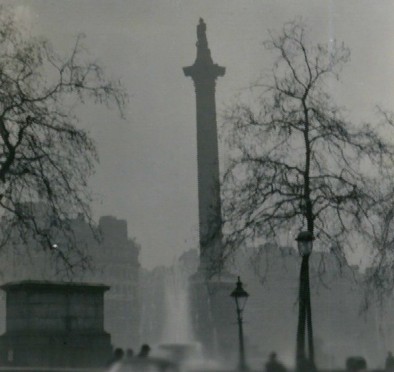December 5 in History
1952 – Beginning of the Great Smog in London that brought the city to a standstill for four days and killed 4,000
A period of unusually cold weather combined with an anticyclone and windless conditions, collected airborne pollutants—mostly arising from the use of coal—to form a thick layer of smog over the city. It lasted from Friday, December 5 to Tuesday, December 9 1952, then dispersed quickly when the weather changed. It caused major disruption by reducing visibility and even penetrating indoor areas, far more severely than previous smog events, called “pea-soupers”. Government medical reports in the following weeks estimated that up to December 8, 4,000 people had died as a direct result of the smog and 100,000 more were made ill by the smog’s effects on the human respiratory tract. More recent research suggests that the total number of fatalities may have been considerably greater, one paper suggesting about 6,000 more died in the following months as a result of the event.
The Great Smog is thought to be the worst air pollution event in the history of the United Kingdom, and the most significant for its effects on environmental research, government regulation, and public awareness of the relationship between air quality and health. It led to several changes in practices and regulations, including the Clean Air Act 1956.
-Wikipedia


